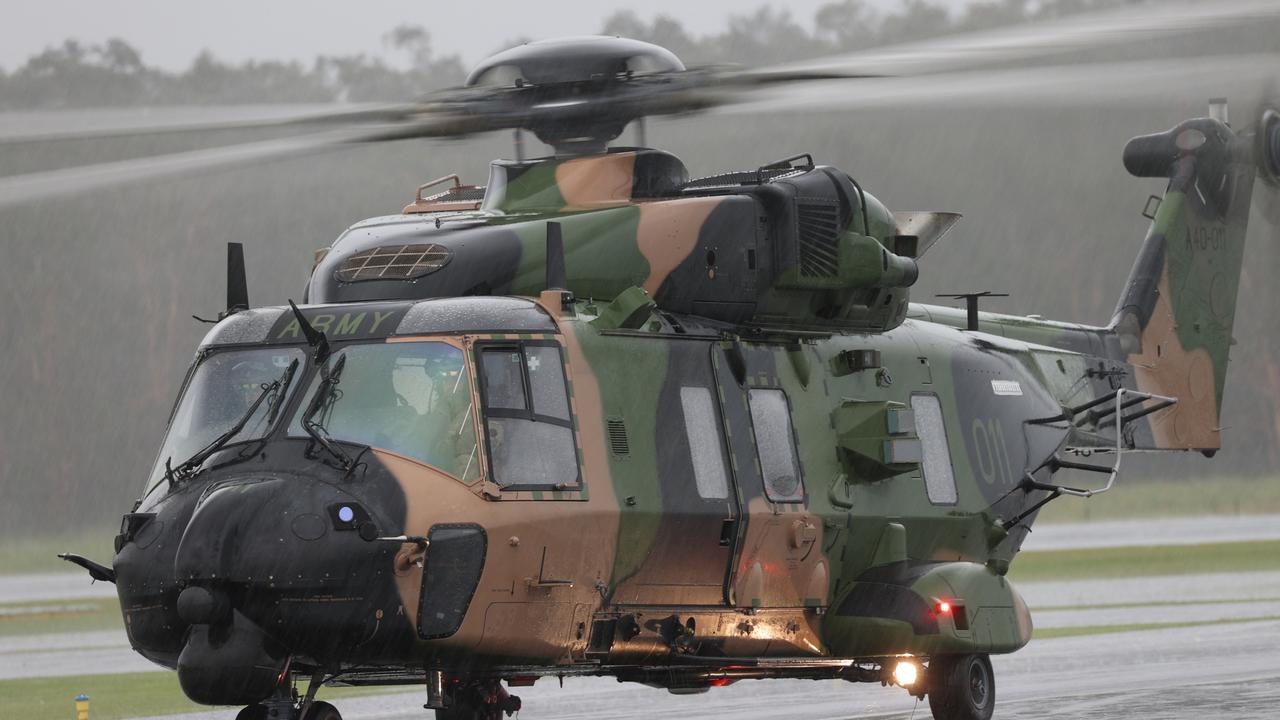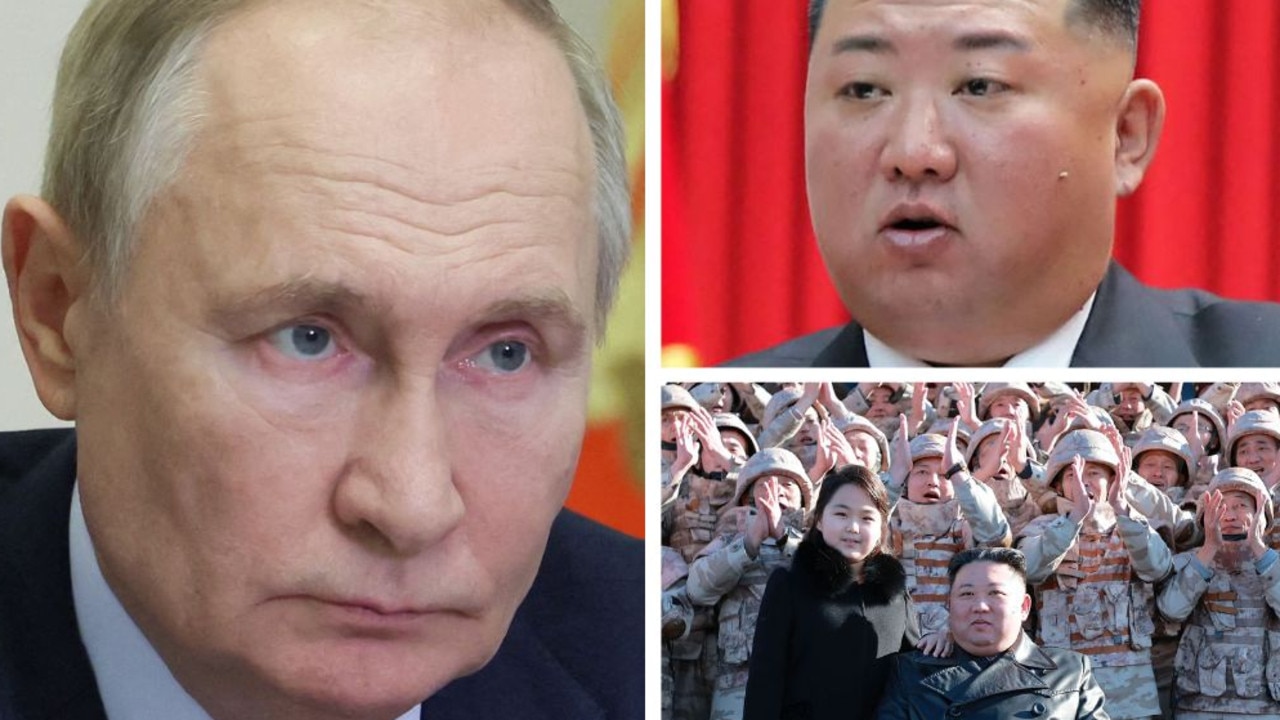‘Violent conflict’: Stark reality of what Ukraine faces
Russian President Vladimir Putin has described it as a “peacekeeping” operation. But there’s very worrying evidence to the contrary.
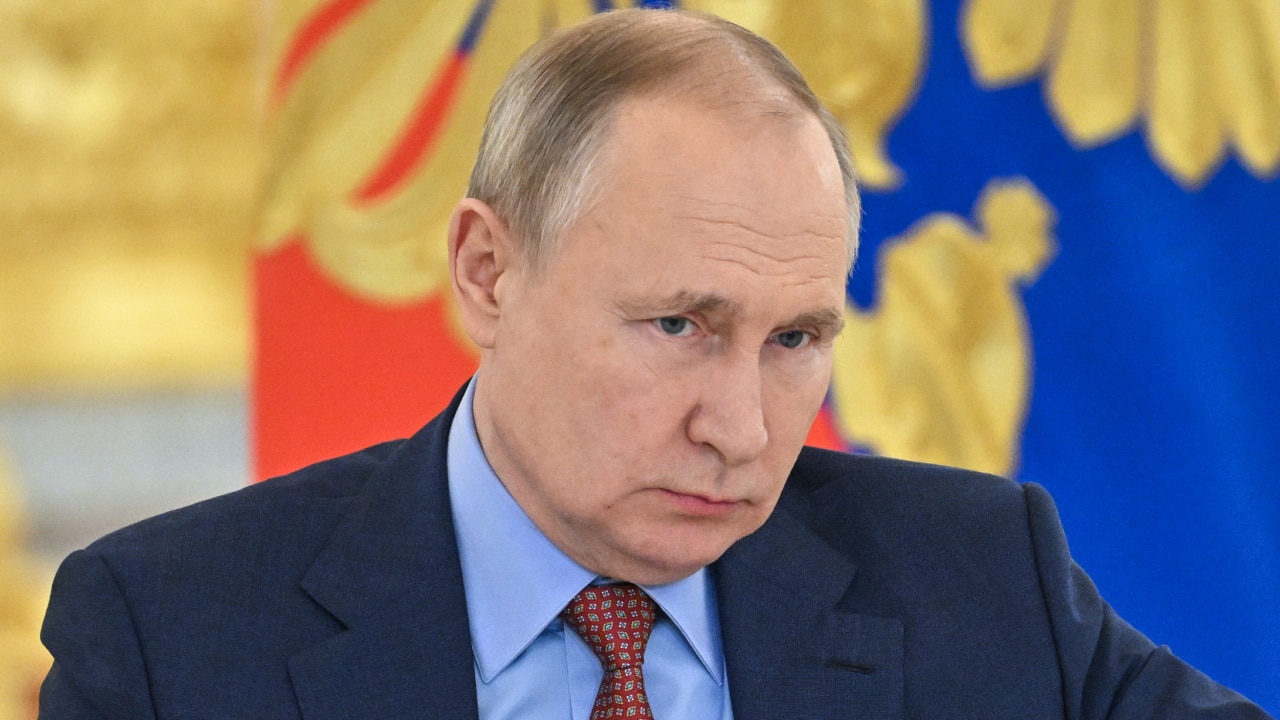
Innovation
Don't miss out on the headlines from Innovation. Followed categories will be added to My News.
‘Peacekeepers’ don’t need heavy tanks. They don’t need artillery. Nor do they need masses of long-range, precision-strike missiles.
And the small Ukrainian regions of Luhansk and Donetsk don’t need 170,000 troops to bring order to their combined population of 1.5 million.
Russian President Vladimir Putin says his army is moving to protect a persecuted Russian-speaking population. But it’s an army tailored to seize the whole of Ukraine.
“This time, if Russia invades, it would not constrain itself,” argues Centre for a New American Security (CNAS) think-tank analysts Michael Kofman and Jeffrey Edmonds. “It would use the bulk of its military resources – ground forces, air power, attack helicopters, powerful missiles and its navy – in a violent, open conflict.”
Stream the latest news on the escalating tensions between Russia and Ukraine live & on demand on Flash. 25+ news channels in 1 place. New customers try 14 days free >
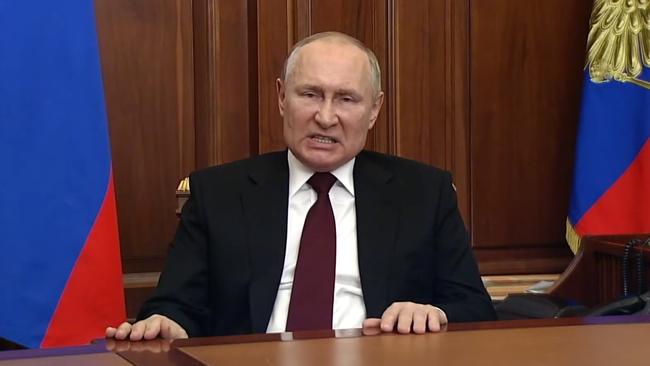
The troubled eastern provinces are likely to be an excuse. The main act – seizing Kyiv and western Ukraine – is yet to come.
“Such ambitions would require an extensive initial operation, followed by the entry of additional forces that could hold territory and secure supply lines,” the CNAS analysts say. “The scale and potential for escalation of such a conflict are difficult to predict, but they would likely produce levels of violence unseen in Europe since the 1990s, when Yugoslavia tore itself apart.”
The final escalation appears imminent, with tanks and armoured personnel vehicles moving into Luhansk and Donetsk.
“There is a chance that Russia ultimately opts not to launch a full-scale invasion,” they say. “But if one happens, it would not look like the limited offensives Russia mounted in Ukraine in 2014 and 2015.”
Instead, it would look like the brutal Russian occupation of Chechnya in 1999.
Tens of thousands of Chechen civilians were killed amid the all-out assault.
That resulted in Moscow seizing total control.
Russian hammer is poised
The Kremlin has amassed some 200,000 frontline troops, national guard and support personnel.
It’s a hammer poised over Ukraine’s eggshell.
“The Russian military would likely open its campaign with air strikes targeting command-and-control systems, logistical centres, airports, air defences and other critical infrastructure,” the CNAS analysts say.

Such forces have been closely observed moving into position over recent months.
Dozens of Su-25 and Su-35 attack aircraft and large numbers of Iskander tactical missiles could immediately rain down destruction across all of Ukraine.
Closer to the front line are hundreds of artillery pieces, rocket launchers and thermobaric (blast wave) bomb launchers. These could obliterate any potential obstacle – military or civilian – long before the tanks move in.
“The opening air campaign would probably be short,” the CNAS analysts say. “Unlike Western militaries, which concentrate firepower in their air forces, Russia puts the bulk of its firepower in its ground forces, so it would quickly proceed to a ground campaign.”
Evidence of this has been gathered through open-source intelligence (OSINT) analysis of regional social media.
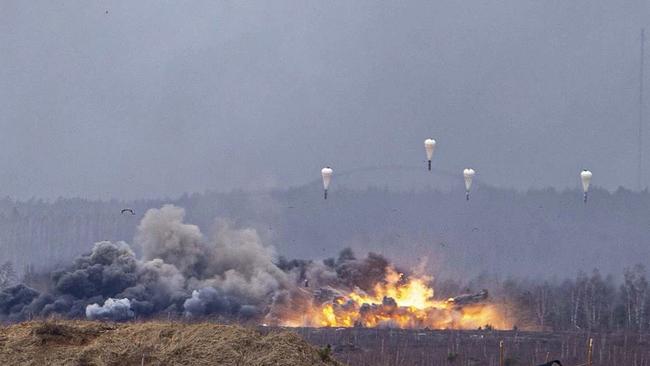
Tanks and vehicles packed with parachutes are ready to be dropped from heavy-lift aircraft. Dozens of helicopters and paratroop units are deployed to nearby airfields, prepared to seize critical bridges and infrastructure.
David versus Goliath
Ukraine’s defences aren’t negligible.
They’re just far fewer in number and often of lesser quality than the Russian forces arrayed against them.
Ukraine’s air force is mainly made up of Soviet-era leftovers. These will likely be destroyed on the ground, and those that make it into the air stand little chance.
Its navy is tiny. Moscow’s modern destroyers and corvettes entirely outmatch the collection of small gunboats.
Its troops are primarily conscripts. While experienced in counterinsurgency warfare since Russia’s invasion of 2014, their training against frontline forces is lacking.
“The most logical strategy for the Ukrainian military would therefore be to fight an organised retreat, imposing as high a cost as it can on any Russian advance,” the CNAS report reads.
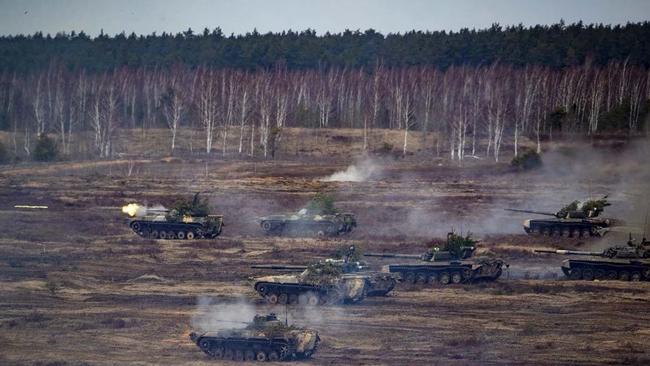
But retreating troops will be out in the open. And that makes them vulnerable to air attack – from strike aircraft and drones.
More entrenched positions will likely be quickly surrounded. And Russia’s presence in Belarus means the natural obstacle of the Dnieper River can be bypassed.
“The fight outside Kyiv might then entail a handful of Ukrainian brigades battling far more and far more powerful Russian forces, which would be supported by airborne units,” they predict. “This is a fight that Ukraine would almost certainly lose.”

Retreating to the cities will raise the stakes. For both sides.
“Russia’s force may look big, but it would quickly prove paltry given the demands of urban warfare,” they write. “Urban warfare is a bloody business, and battles over Ukraine’s main cities would likely kill substantial numbers of civilians, destroy entire neighbourhoods and do untold damage to the economy.”
Psychological warfare
The fight to demoralise Ukraine’s defenders is already well under way. But Moscow is putting equal effort into motivating its own troops. The Kremlin keeps attempting to establish a “just cause” for war.
On Monday night, Russian media was filled with unverified allegations of mass graves of “ethnically cleansed” Russian speakers. Then there were claims of a “failed” attempt by Ukrainian troops to invade Russian territory. Why Kyiv would want to do so in the face of Moscow’s massive mobilisation was left unsaid.
It’s a false narrative reminiscent of Nazi Germany before it invaded Poland in 1939.
Nazi propagandists accused Warsaw of persecuting ethnic Germans and preparing to attack German territory – even as Germany’s own invasion force sat on the border.
It’s not a serious attempt at justification. But the temporary confusion and hesitation such outrageous claims produce are severe enough in the rapid lead-up to all-out war.
And resisting occupying Russian forces may be virtually futile. Surveillance drones. Infra-red sensors. Regular satellite passes. Even small bands of fighters will find it difficult to hide.
“But an insurgency, especially if externally sponsored, might still bleed Russian forces and resources over the years,” the CNAS analysts conclude. “A prolonged war that ravaged Europe’s largest country could radiate instability into the continent’s eastern and central regions. It could also prove to be the beginning of a series of crises between NATO and Russia. For the first time in decades, European security stands on the precipice.”
Jamie Seidel is a freelance writer | @JamieSeidel
Originally published as ‘Violent conflict’: Stark reality of what Ukraine faces




